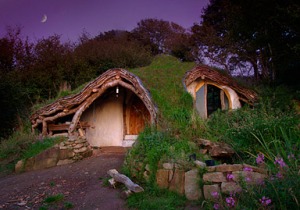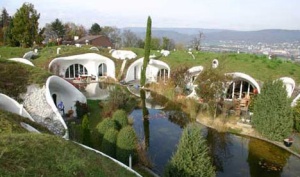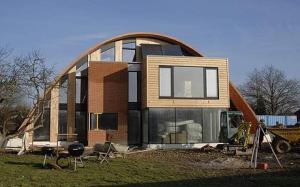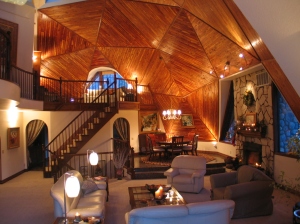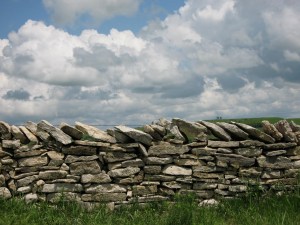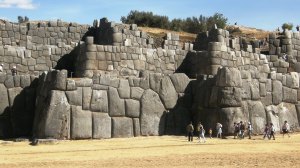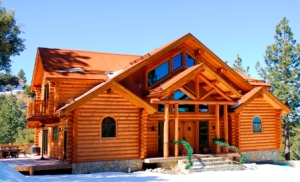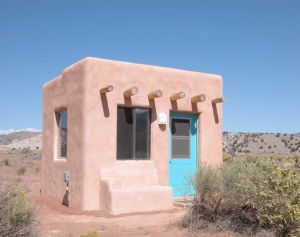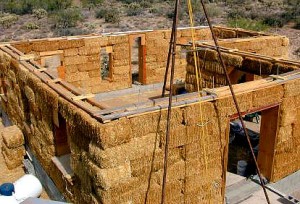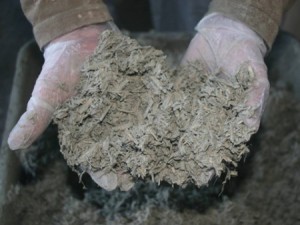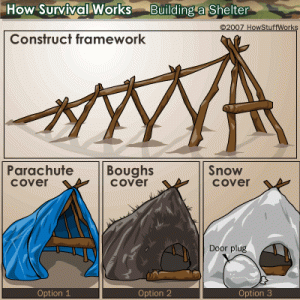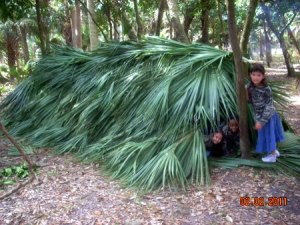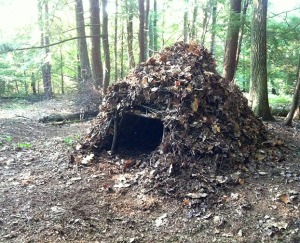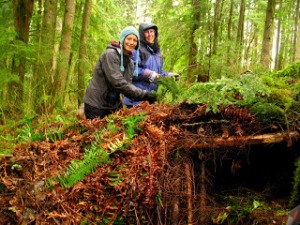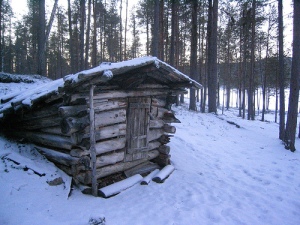I’ve been doing work as a carpenter and construction worker for over ten years now, and I’ve seen how poor the industry is. First of all, construction workers have a shortened lifespan due to the toxicity of the materials being used. I would do certain jobs and spend the next week clearing my lungs out. Its unnatural. And if its bad for the workers, its bad for you. The materials are also weak. The sheetrock and drywall they used can easily be punched through or broken with your hands, which isn’t something you want when you’re building a home.
Its expensive. If you want wood framing, the trees have to be cut down by one company, which will send them to another company to be milled, which will send it to a store or supplier who will in turn sell it to a contractor (who usually ups the price on the materials to make money) and by the time it gets to you, it cost much more than it did when it left the first hands. Even with all of that, a contractor might only spend $20,000-50,000 in materials to build a normal home, but you’ll pay $300,000-$400,000, not including interest on a mortgage. There’s also the recurring monthly bills that come along with a house. Electric, insurance, gas… you get it. You can put up a high quality home with all of your needs and wants for $5000-$20,000 and cut out all of the extra fees and upcharges.
Todays companies use poor building techniques. The way they fit things together, its only made to last a short time before you have to do expensive work on it to get it fixed. And you never know which companies you can trust. A lot of workers are putting out faulty jobs and getting away with it. They’re also low in skill compared to some of the craftsmen you can find who will build you a home that’s both beautiful and functional. There are homes you can build that will be way more efficient than the homes we’re used to. The list of reasons goes on and on… Here are some examples of eco-friendly, efficient homes.
